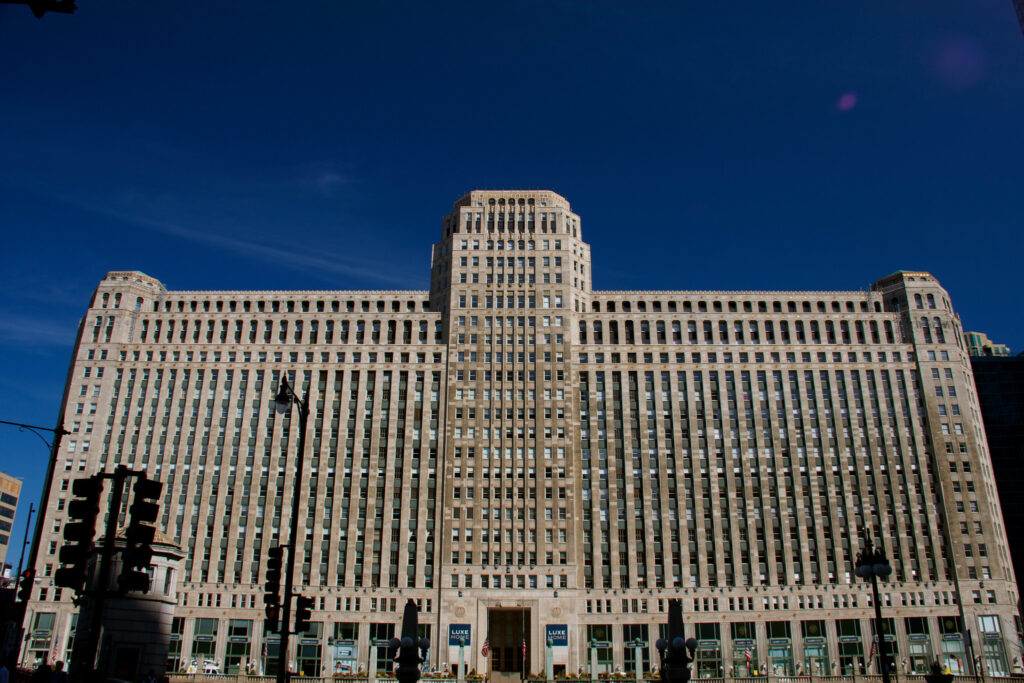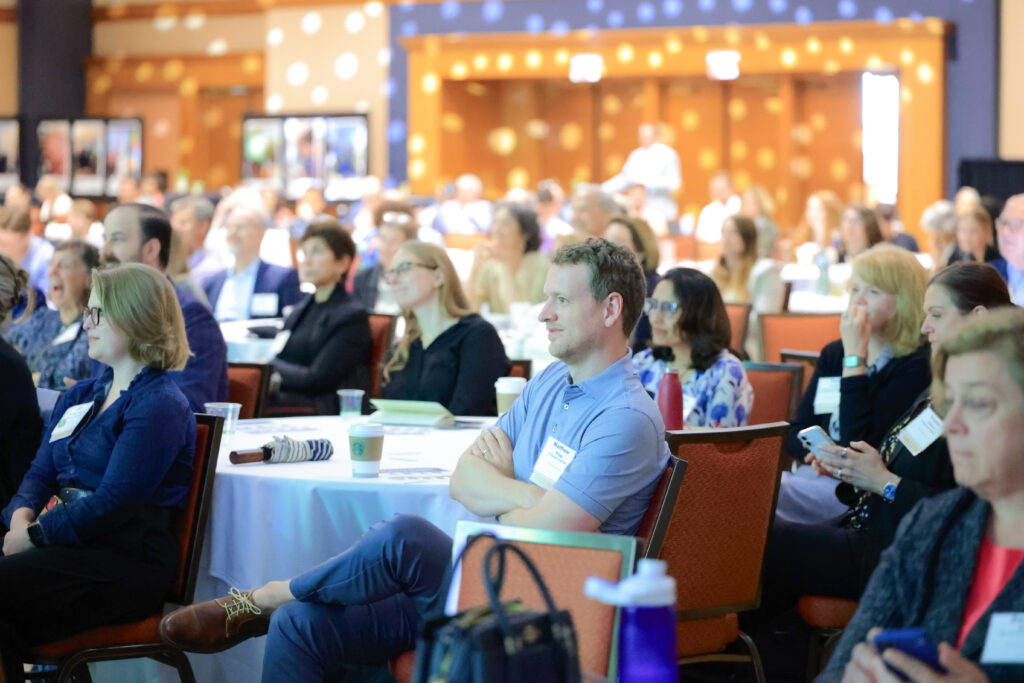51 billion tons.
That is the amount of greenhouse gasses the world puts into the atmosphere, year over year, if we’re to reach net zero by 2050. That goal, a desperate call to action for humanity set by the UN, is simply table stakes for a liveable climate.
As the world races to curb global climate change, there is an intense—but necessary—intent for organizations across all industries to reduce their carbon footprint. Many organizations aim to reach net zero emissions in the next five to ten years, but this can seem daunting. We’ve compiled a few steps that you can take at your organization to help reduce embodied carbon emissions and do your part to prevent climate change.
Reducing carbon emissions
While there are a number of resources that explain how to reduce your personal carbon footprint such as eating less meat, reducing air travel, or switching to renewable energy sources, there are few resources that explain how organizations can achieve these same reductions.
First, what exactly do we mean by emissions?
Emissions definition:
Emissions are gasses that are released into the atmosphere from human activities. Carbon dioxide emissions are often pointed to as a cause of climate change due to its capacity for trapping the sun’s radiation as thermal energy.
Reducing carbon emissions can help slow the negative effects of climate change. Here are three ways your organization can reduce its carbon footprint:
1. Avoid embodied carbon
Embodied carbon refers to the greenhouse gas emissions associated with raw material sourcing, supplier processing, and manufacturing of items (Source: WAP Sustainability). Reducing embodied carbon emissions is most easily done by avoiding the use of additional carbon in your organization’s operations.
Your organization likely has resources sitting idle or in surplus that can find a new life somewhere else. By starting a reuse program, your organization can avoid embodied carbon. Sourcing materials through a resource exchange on the Rheaply platform helps you avoid carbon emissions by preventing a new item purchase.
Did you know?
We built the estimated embodied carbon avoided report to help users understand large trends in environmental impact of reusing and resource exchange at their organizations. The estimated embodied carbon avoided report on the Rheaply platform displays the emissions that were displaced by exchanging existing items instead of purchasing new ones. In other words, users are sourcing items from Rheaply instead purchasing them new elsewhere, and avoiding GHG emissions in the process.
Interested in building the future of embodied carbon reporting?
2. LEED certification
According to the U.S. Green Building Council (USGBC), buildings account for approximately 40% of total energy use, 73% of total electricity consumption, and 38% of greenhouse gas (GHG) emissions (USGBC). Looking into the emissions output of your organization’s buildings is a great place to start reducing your carbon footprint.
USGBC provides guidance for all types of buildings to lower carbon emissions, support ESG goals, and save money through LEED certification. Incorporating LEED practices into new construction or retrofitting old construction to be LEED-certified can help cut down on these carbon emissions, electricity and water consumption, and total energy use. It’s a tried and true method for organizations to reduce their carbon emissions at what is typically the largest source.
3. Carbon offsets
By purchasing a carbon offset, your organization is paying another organization to make up for your emissions. While this practice steps around solving any issues related to your carbon output, it can still be a practical solution for reducing carbon emissions on a larger scale.
Typically, when an organization buys a carbon offset, the money goes to pay for a reduction in greenhouse gasses that has already occurred. This purchase supports an existing project such as capturing gas from landfills, clean energy projects like wind farms, or carbon sequestration in forests.
Carbon offsetting is one of the only ways of truly reaching net-zero carbon emissions since most organizations can never fully reduce their carbon footprint to zero.
Championing the resourceful
If you’re the person at your organization thinking about how to reduce your environmental impact, Rheaply wants to help you achieve your sustainability metrics through reuse.
Completing exchanges on the Rheaply platform and tracking your carbon emissions through our Estimated Embodied Carbon Avoided report (using data from our partners at WAP Sustainability) can help you understand the impact of reuse in lowering carbon emissions.


